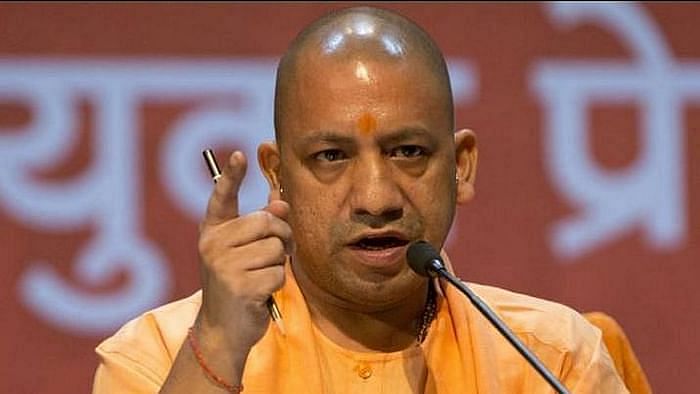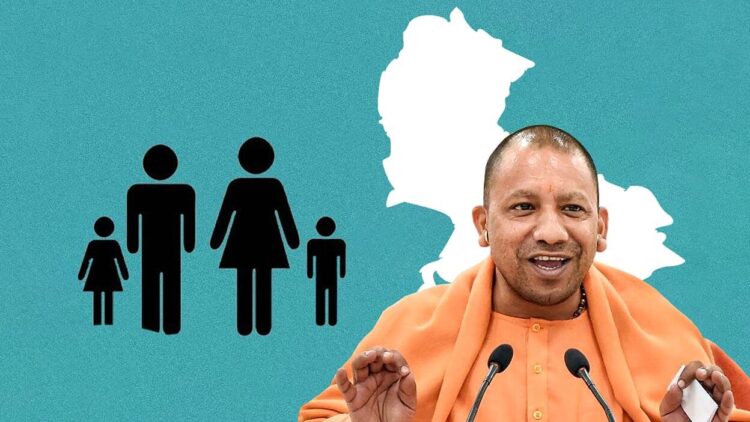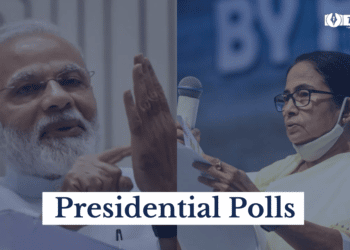The much controversial Uttar Pradesh’s population control bill inspires the Uttarakhand government to draft its own Bill. An Indian Express report states that the Uttarakhand government has started examining Uttar Pradesh’s draft population control Bill as the first step to draft its Bill according to its local demographic and social conditions.
The idea floated in a meeting two months ago attended by 35 RSS affiliates suggested that the Pushkar Singh Dhami government should come up with a population control policy in Uttarakhand similar to those in Assam and Uttar Pradesh to ensure “demographic balance” in the hill state.

The impact of the meeting was seen in Dhami’s Independence speech, where he had announced the formation of a committee that would help implement an effective law on population control in the state.
A Home Department official confirmed this to the Indian Express, “That committee has not been constituted yet. But we are examining the population control Bill drafted by Uttar Pradesh. The draft Bill has been sent to the Law Department to study it and give an opinion considering Uttarakhand’s social and demographic conditions. Since we are examining Uttar Pradesh’s Bill, Uttarakhand too may have such a Bill in the near future.” the official confirmed.
Last month, the UP Law Commission submitted the Uttar Pradesh Population (Control, Stabilisation and Welfare) Draft Bill to the Chief Minister’s Office for consideration and further action. That draft Bill aims to bring down the gross fertility rate by de-incentivising more than two children per couple, and the U.P government is planning to do by offering a range of benefits to those who choose not to have more than two children.

Abhijit Das, trustee, Centre for Health and Social Justice and an India and Clinical Associate Professor, University of Washington, in an opinion piece for the Indian Express, had termed the population control bill as a potential ‘demographic and political disaster’ and ‘bad policy’. He points out, ‘In India, successive rounds of the National Family Health Survey (NFHS) indicate that family size has declined considerably across states. In UP, too, most young couples already have two children.
Despite this decline in fertility, the population keeps growing. Demographers call this the “population momentum”. It is important to understand that even if all the couples in UP were to have two children from tomorrow, the population would continue to grow. This is because of the large number of young people in the state. Unlike in the past, the population is growing not because couples have more children, but because we have many more young couples today.’
Das explains the flawed and ingrained idea increase in population leads to further distribution of limited resources. He says, ‘The argument that controlling the population will increase the natural resource base is also faulty. It is more important to review consumption patterns. The rich consume far more natural resources and contribute much more to greenhouse gas emissions than the poor, whose numbers such laws often aim to control.

Subhashini Ali, a former member of parliament from Kanpur and politburo member of the Communist Party of India ( Marxist), in her piece for the Wire, elaborates on how this policy will have an adverse effect on women. ‘In the extremely patriarchal society that we inhabit, women often bear the burden of sterilisation. This means that attempts to access the incentives will not only adversely affect the health of many women, but other problems can also arise.
For example, suppose the woman is pressured into undergoing sterilisation after the birth of one child, in the case of this child being female or in the case of this child losing its life. In that case, there is every probability of the woman being divorced,’ Ali writes.
Uttarpradesh is also known for its poor sex ratio. Experts believe that such policies will aggravate the already grim situation, and there will be a rise in sex determination and female foeticide cases.
Amidst these concerns, Uttarakhand and Assam following a similar path are worrying and can harm the demographic and political landscape.
Also Read : The References And Initiatives For River Preservation Are Not Sufficient Till They Are Fueled By Strict Laws
















